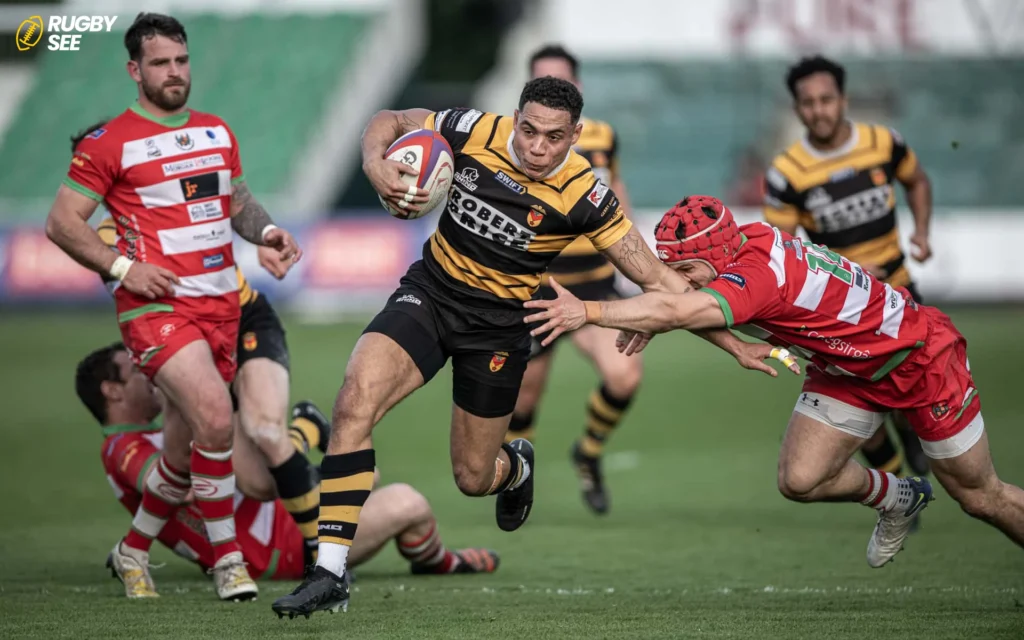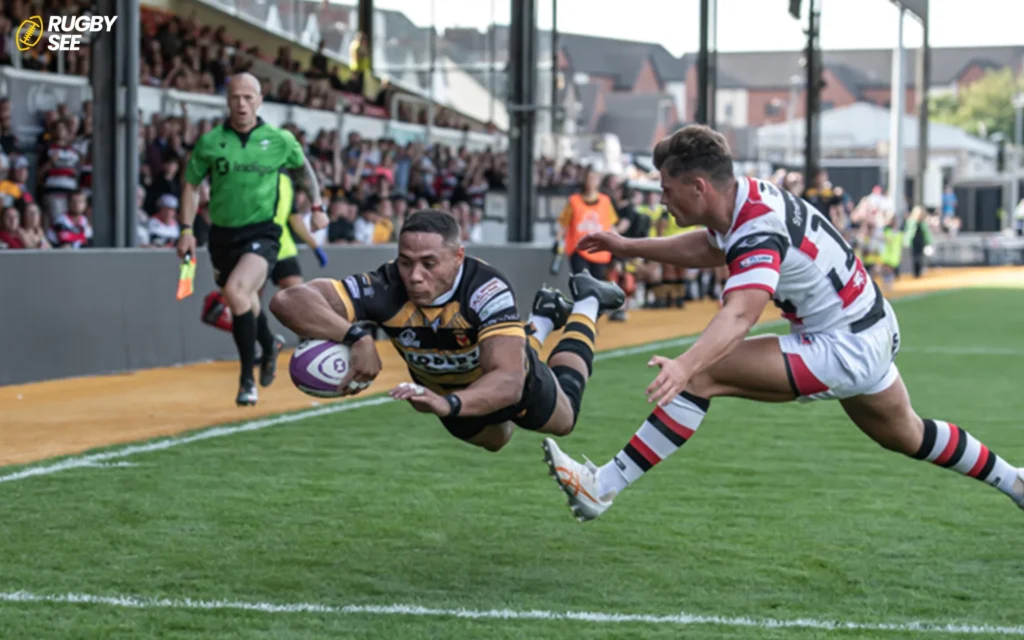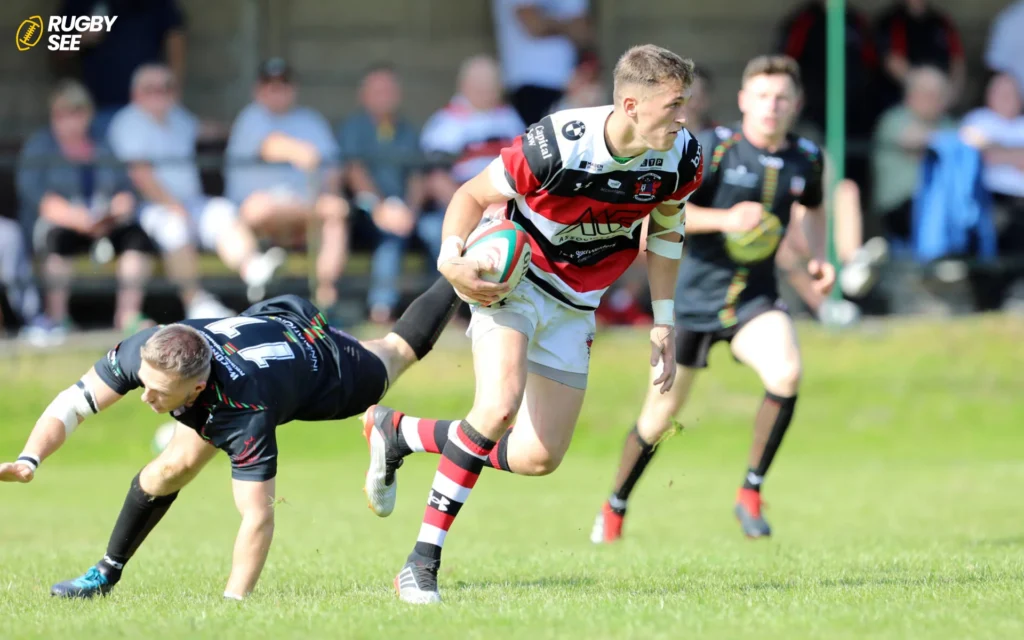The haka, a traditional Māori war dance, has become synonymous with New Zealand rugby, captivating audiences worldwide with its powerful display of unity and strength. However, the question often arises: “Does every rugby team have a haka?” This article delves into the origins of the haka in rugby, its significance, and its adoption across different teams, providing insights into why this cultural expression remains unique to certain teams.
Origins of the Haka in Rugby
The haka is a traditional dance of the Māori people of New Zealand, performed for various reasons, from welcoming guests to challenging opponents and preparing for battle. Its introduction to rugby is credited to the New Zealand national rugby team, the All Blacks, who first performed a haka in 1888 during a tour in the UK and Ireland. Since then, the haka has become an integral part of the team’s identity, performed before international matches as a challenge to their opponents and a display of cultural pride and if you want to know about Collars in Rugby Shirts read Why Do Rugby Shirts Have Collars.
Significance of the Haka
For the All Blacks, the haka is more than just a pre-game ritual; it is a powerful expression of their heritage and unity. It serves to intimidate opponents, yes, but it also galvanizes the team, connecting them to their roots and to each other. The haka performed by the All Blacks, called “Ka Mate,” tells the story of a chief who overcame life-threatening challenges, symbolizing perseverance and strength in adversity.
Adoption by Other Teams
While the haka is most closely associated with New Zealand rugby, other Pacific Islander nations have their versions of traditional war dances they perform before matches. For instance, Fiji has the “Cibi,” Samoa the “Siva Tau,” and Tonga the “Sipi Tau.” These dances, like the haka, are rooted in each nation’s culture and history, serving similar purposes of unifying the team, honoring their ancestors, and challenging the opposition.
Why Not Every Team Has a Haka
The simple answer is that the haka is a deeply cultural expression specific to the Māori people and, by extension, to teams from regions with similar traditions, such as the Pacific Islands. It’s a practice steeped in history and significance, not something that can be adopted or imitated without understanding and respecting its origins and meanings. For teams outside of these cultures, performing a haka or similar war dance would not hold the same significance and could be seen as cultural appropriation.

The Global Response to the Haka
The haka’s popularity and the respect it commands have grown globally, with audiences often looking forward to the pre-match performance as much as the game itself. It’s seen as a unique aspect of rugby that celebrates cultural diversity and respect among nations. The response from opposing teams varies, with some choosing to face the haka head-on, others forming a V-shape to “embrace” it, and some even responding with gestures of their own, all of which add to the spectacle and camaraderie of the sport.
The Future of the Haka in Rugby
As rugby continues to evolve as a global sport, the significance of the haka and similar cultural expressions remains undiminished. These traditions contribute to the rich tapestry of international rugby, highlighting the sport’s ability to bring together diverse cultures while respecting and celebrating their differences. The future of the haka in rugby seems secure, with its role in promoting cultural identity, unity, and respect more important than ever.
While the haka remains an emblem of cultural pride and unity for specific rugby teams, its broader implications within the rugby community and beyond merit further exploration. The haka not only enhances the spectacle of the sport but also serves as a poignant reminder of rugby’s ability to bridge cultures, celebrate diversity, and promote mutual respect among nations.
Cultural Respect and Understanding
One of the most significant impacts of the haka in international rugby is the platform it provides for cultural education and understanding. As global audiences witness these powerful performances, there’s a growing interest in the histories and traditions of the Māori and other Pacific Island cultures. Rugby matches featuring the haka often become opportunities for commentators and media outlets to share stories about the dance’s origins, meanings, and significance, thereby fostering a greater appreciation for cultural diversity.

The Role of the Haka in Player Psychology
For the players performing it, the haka is a profound psychological tool. It allows them to channel their energy, focus their minds, and prepare emotionally for the contest ahead. This ritual transcends mere performance, acting as a bridge between the player’s cultural heritage and their role in the present, grounding them in a sense of identity and purpose. The intensity and passion displayed during the haka reflect the players’ respect for their ancestors, their culture, and the game itself.
International Reception and Reciprocity
The way opposing teams and their fans respond to the haka is a testament to the spirit of rugby. While some have criticized certain responses as disrespectful, most teams face the challenge with dignity, acknowledging the haka’s significance through their attentiveness and posture. This interaction—between performing the haka and receiving it—embodies the core values of rugby: respect, integrity, and solidarity. These moments before the match start underscore the mutual respect that transcends competitive rivalries, highlighting the sport’s ethos of camaraderie.
Inclusivity and Participation
The inclusion of the haka and similar cultural performances in rugby is a powerful statement on inclusivity. It sends a message that all cultures are valued and respected on the international stage. This inclusivity extends beyond the teams from New Zealand and the Pacific Islands; it invites all participants in the sport to acknowledge and celebrate the diverse backgrounds and heritages that players bring to the game. Such practices enrich the rugby community, making it more welcoming and inclusive for players and fans worldwide.

Preserving Cultural Heritage
The continued practice of the haka in rugby plays a crucial role in preserving and propagating Māori culture and other Pacific Island traditions. In a world where globalization threatens to dilute individual cultural identities, rugby’s international platform allows these traditions to be shared and celebrated widely, ensuring they are passed down to future generations. This aspect of rugby not only entertains but educates, making it a vital conduit for cultural preservation and if you want to know about the point of Scrums in Rugby read What Is the Point of a Scrum in Rugby.
Conclusion
Not every rugby team has a haka, nor should they. The haka is a sacred expression of Māori culture, deeply embedded in the history and identity of the New Zealand national rugby team and other Pacific Island teams. It stands as a testament to rugby’s capacity to honor and integrate cultural traditions, enriching the sport and fostering a deeper mutual respect among international competitors. As rugby’s global community continues to grow, the haka remains a beloved and respected tradition, emblematic of the sport’s unique blend of competition, culture, and camaraderie.










